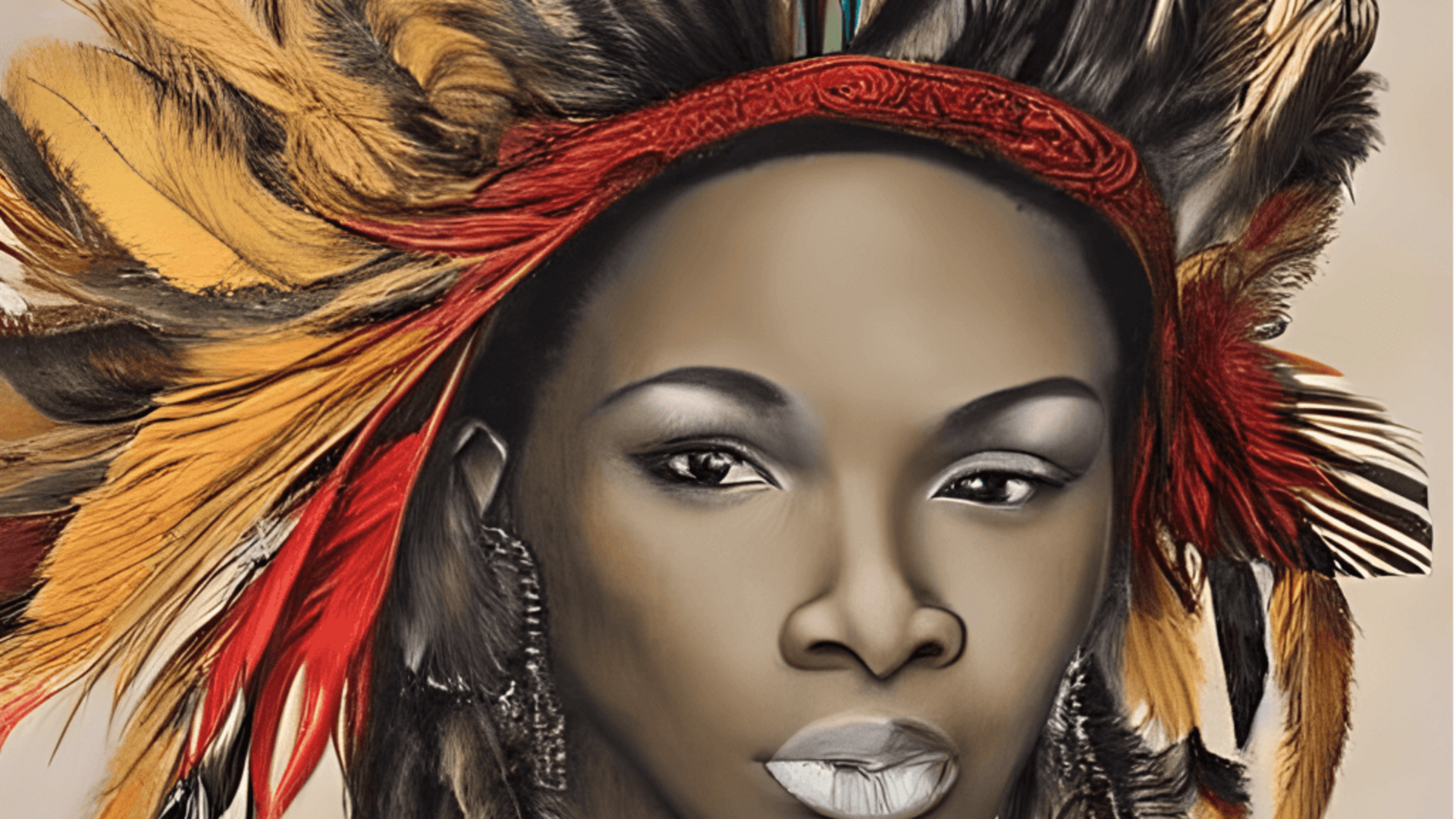
The intricacies of African feather artistry
What's the story
African feather artistry is centuries-old tradition involves meticulously arranging feathers on objects, transforming them into vibrant pieces of art, rich in symbolism and cultural significance. This art form, which extends beyond ceremonial masks to include a wide range of decorative items, not only highlights the continent's diverse birdlife but also serves as a testament to Africa's deep-rooted connection with nature.
History
Historical significance and cultural impact
Feather art in Africa, dating back to ancient Egypt, holds deep cultural significance for many communities across the continent. Take the Maasai, for instance. They decorate their headdresses with ostrich feathers during rituals, representing courage and social standing. This art form extends beyond mere beauty; it's a cultural tradition rooted in history, echoing Africa's profound connection to nature and its rich avian diversity.
Craftsmanship
Techniques and materials used
Artists handpick feathers based on color, size, and texture, meticulously clean and sort them, and then secure them to materials using glue or stitches. Some artists incorporate beads or metal to enhance the details. This process of careful craftsmanship guarantees the uniqueness of each piece, reflecting the artist's personal touch and connection to their work.
Modernity
Contemporary expressions
Over the past few years, African feather art has experienced a renaissance as contemporary artists rediscover and reinterpret this ancient medium with a modern twist. These creatives are skillfully combining traditional methods with fresh materials or concepts, expanding the limits of what feather art can be. Exhibitions worldwide are featuring these groundbreaking works, attracting international recognition to this art form while preserving its deep connection to African culture.
Sustainability
Preserving tradition while innovating
The biggest challenge for African feather art is ensuring the feathers are sourced sustainably. With bird conservation a growing concern, artists are becoming more mindful, preferring feathers that are either naturally shed or come from ethically managed farms. This way, they can help protect birds and contribute to environmental responsibility while preserving the tradition of their ancient craft.